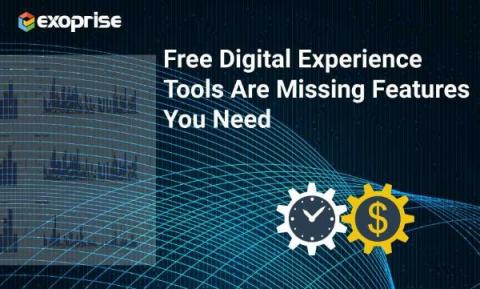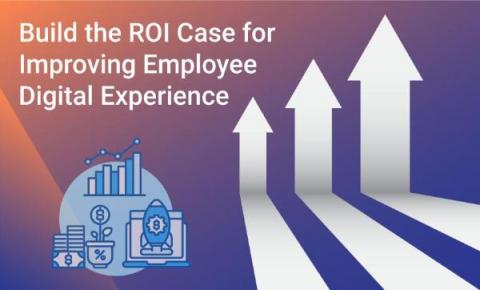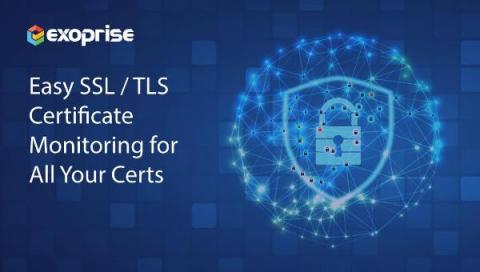Teams | Collaboration | Customer Service | Project Management
DEM
What's Missing in Free User Experience Monitoring Tools?
You get what you pay for is a common axiom, one that even applies to infrastructure management solutions. Cloud vendors bundle Digital Experience Management (DEM) solutions with their services, seemingly at no extra charge. But such products lack the capabilities needed to understand how enterprise computing resources function. As a result, corporations do not make needed adjustments and lose time, revenue and increase user frustration.
Synthetics and Service Watch Dashboards
Build the ROI Case for Improving Employee Digital Experience
Budgeting for user experience management solutions has been dynamic recently. When the pandemic hit, corporations freely opened the purse strings to ensure that employees had the tools to work outside the traditional office. The Return on Investment (ROI) for improving the overall Digital Employee Experience (DEX) didn't matter so much. With inflation now the main topic in executive meetings, the strings for DEM/DEX investments have been drawn tighter. Gartner has published a report titled "Market Guide for Digital Experience Monitoring" which states that "enterprises that invest in DEM solutions can expect a 30% reduction in Mean Time to Resolution (MTTR) and a 20% reduction in downtime."
Device Groups in Dashboards
Introduction to Device Groups
How To Solve Difficult Remote Work Problems
Before the pandemic, capturing your users' experience was simple because just about everyone was in the office, and you had traditional on-premises systems in place. Nowadays, remote work and hybrid access and usage patterns are much more varied. Work hours, 24×7 availability, collaboration, networking, hybrid, etc. all lead to difficulties in understanding employee Digital Experience. To avoid employees staring at their computer rather than collaborating and accomplishing business-critical tasks, you need to invest in Exoprise's robust Digital Experience Monitoring (DEM) solutions.
Streamline and Simplify SSL/TLS Certificate Monitoring
Hackers busily work night and day to find the tiniest hole in your security perimeter, so they can compromise your systems. Browsers are the most commonly used application on your enterprise network – and one becoming increasingly difficult to secure. Managing their security certificates became more challenging recently, but Exoprise’s easy to deploy SSL certificate monitoring solutions close up any holes. There is no doubt that your network is constantly under attack.
How ITOps Uses Real-Time Monitoring for Easy Fixes
Here's a scenario. All your enterprise apps are running fine, as you expected. Maybe your team wasn't impacted by the Microsoft 365 outage a couple of weeks ago. Good for you! But don't let past application performance predict current performance. Instead, choose real-time monitoring to efficiently manage your network and proactively resolve app health issues at any time. That way, the IT operations (ITOps) team has visibility into your entire digital estate and pinpoint services unavailable to end-users.
4 Key IT Operations Practices for Better Management
Here we go again. If 2022 wasn’t enough, there are new challenges in 2023 staring right at information technology leaders. As interest rates rise and consumer demand slows, companies plan to cut costs and do more with less. But what does all this mean for you? Amid this uncertainty, the IT operations department must adapt well to these changes. Because if they don’t, the business they support will be disadvantaged.











